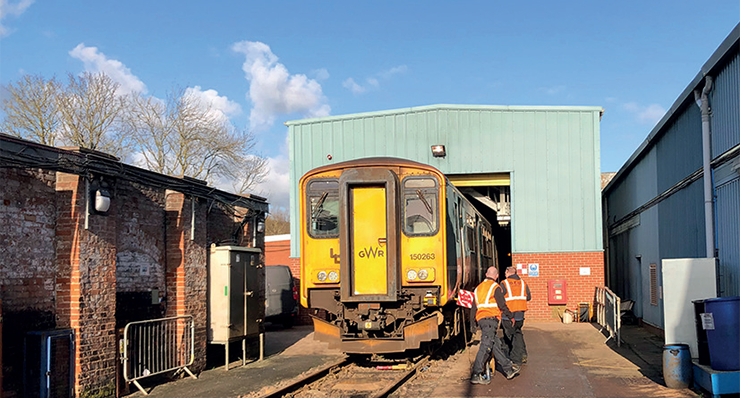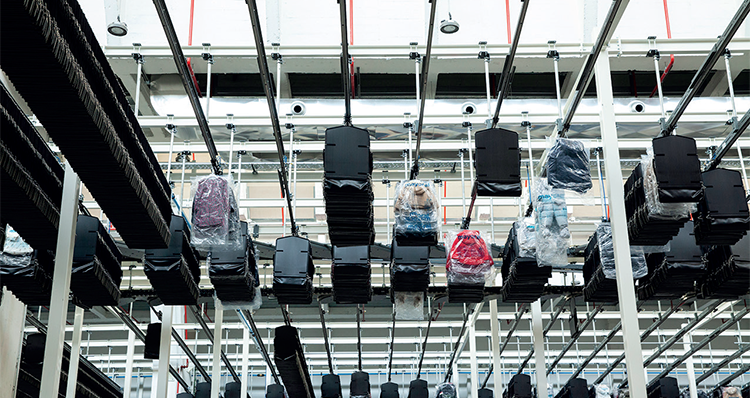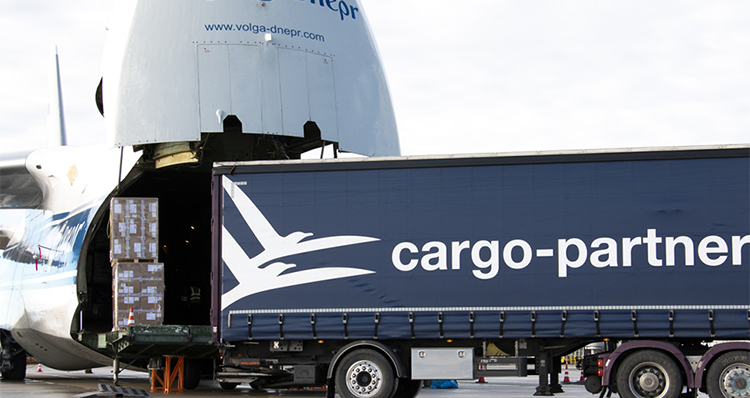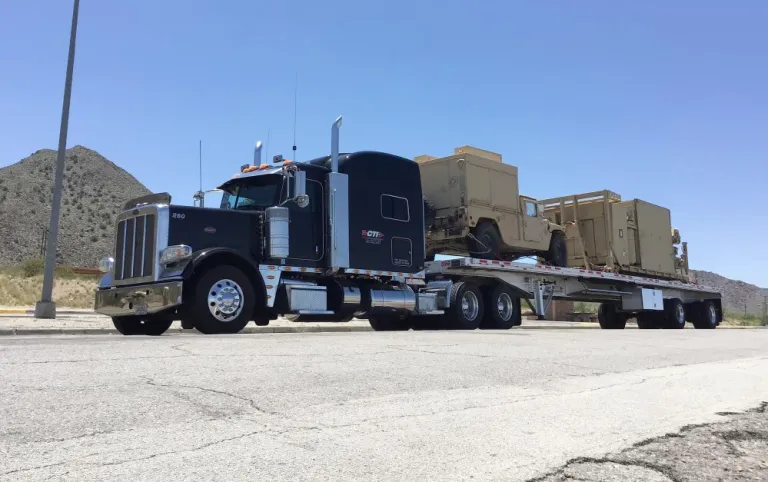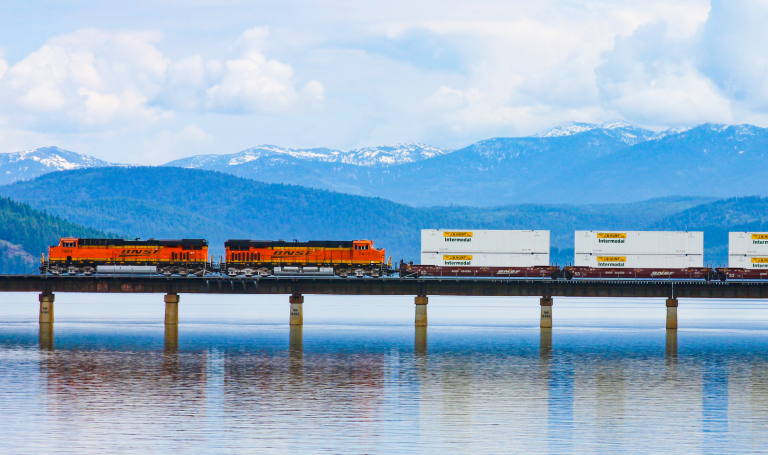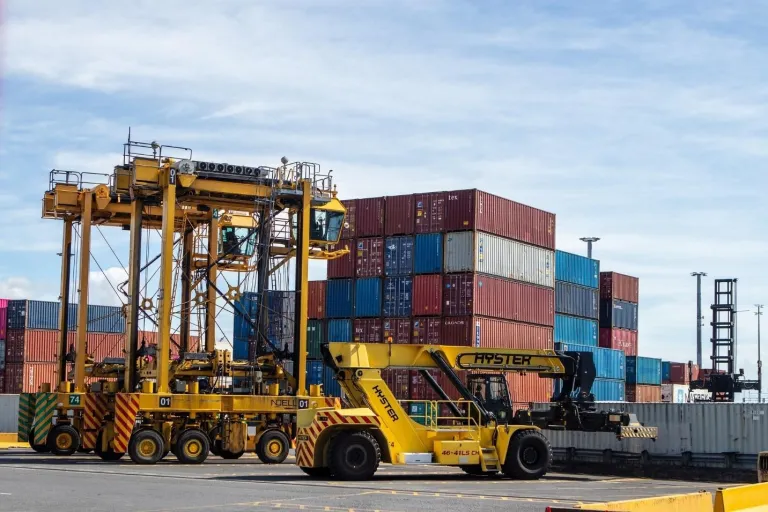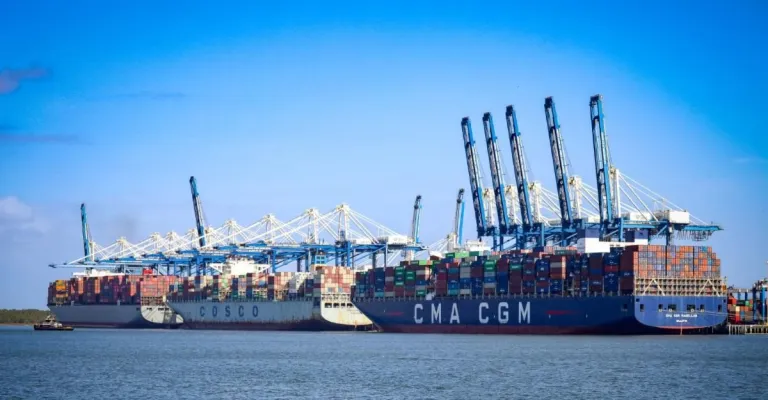The chaos and uncertainty of the global supply chain throughout the past two years has brought the importance of an optimized logistics operation into sharp focus. As transportation costs soared, many executives paid close attention to the effects of the supply chain on their bottom line.
To gain end-to-end visibility into your supply chain, you need a freight audit and payment provider that takes all the data from your freight bills and standardizes it – ingests, cleanses, normalizes, and connects it from disparate systems – to provide you with centralized intelligence and visibility for total transportation spend management.
Supply Chain and Freight Bill Audit Costs
Enterprise leaders need business intelligence to make informed decisions. Without a freight audit process, you have no visibility into which parts of your supply chain need optimization, which parts regularly accrue unnecessary accessorial charges, where you are being charged with incorrect rates, where you could use better route planning, and other crucial KPIs.
A freight audit and payment solution that automates the process of pulling data from every freight invoice across your global transportation network and compiling it into usable data is the best way to gain end-to-end control and visibility into your supply chain.
Freight Audits and the Transportation Industry
In 1980, the transportation industry was deregulated. Before that, freight payment terms were cohesive across the board, and each freight invoice had to be paid in a matter of days.
This changed the way logistics services were paid, and shippers and carriers could negotiate the terms of their freight bills. The freight payment process became more complex, and as technology has advanced over the past few decades, the need for a comprehensive freight audit has increased.
Freight Bill Errors
Accurate and timely accounting, reporting, and freight payment is nearly impossible – up to 25% of freight invoices are estimated to contain errors. With freight bill audit software, your organization can uncover improperly charged fees, avoid double paying invoices, and ensure carriers are paid correctly and on time.
The freight audit process provides your enterprise with more accurate carrier invoices. With accurate invoicing comes accurate data. With accurate data comes insightful analytics on the state of your transportation spend, allowing stakeholders to make informed decisions and track KPIs and other essential business analytics.
Freight Bill Auditing Challenges
Manual freight auditing necessitates a special skill set. Audit staff will need specific training and attention to detail, and they will need to have access to all original bills of lading and carrier contracts to crosscheck any rates, freight weights, and any errors.
When you partner with a freight audit and payment (FAP) provider, auditing becomes an automated process, improving your freight payment and total transportation spend data quality and efficiency.
New Shipper/Carrier Relationships
With recent global supply chain turmoil, shippers are currently experiencing difficult times. The shipper/carrier dynamic has shifted. For the first time in recent memory, the market favors the carrier. Carriers have more options and more power than ever in recent history.
Shippers are in a unique position, grappling with rising fuel prices, changing tariffs, capacity restraints, and unpredictable service. These factors can result in delivery delays, expensive spot transactions, and unhappy customers due to empty shelves and backorders. Further, shippers don’t have much leverage.
These aspects of the current market add up to shippers facing the challenge of keeping carriers happy. On-time freight bill payments to carriers are the best way to do so. Carriers are spoiled for choice, and if they are going to be paid late, they will prioritize other shippers without much thought, regardless of negotiated contracts.
Increasingly, carriers are demanding shorter payment terms, and shippers are having difficulty retaining capacity commitments from suppliers. This impacts shipper days payable outstanding (DPO) and working capital objectives, creating more financial risk.
Bottom line?
On-time carrier payments are imperative.
Freight Audit and Payment Software
Freight auditing software analyzes freight invoices for inaccuracies, ensuring you pay carriers on time, while ensuring you pay only what you were quoted in contract negotiations. You gain better visibility and control over the entire billing process and other aspects of business that affect your bottom line — cost allocation and timely accruals, for example.
When powered by a credible platform, freight audit and payment software gives you visibility into freight costs across your entire business operations, which can reveal smarter ways to maximize trade routing (also decreasing your carbon emissions and supporting your organization’s ESG goals) and predict future transportation costs.
Auditing, Freight, and the Future of Supply Chain
Complete Freight Audit software, powered by Transportation Spend Management, empowers global enterprises with the predictive tools needed to future-proof transportation operations.
Chris Cassidy is the chief revenue officer for Trax Technologies, the global leader in Transportation Spend Management (TSM) solutions. Trax elevates traditional Freight Audit and Payment (FAP) with a combination of industry leading cloud-based technology solutions and expert services to help enterprises with the world’s more complex supply chains better manage and control their global transportation costs and drive enterprise-wide efficiency and value. For more information, visit www.traxtech.com.


